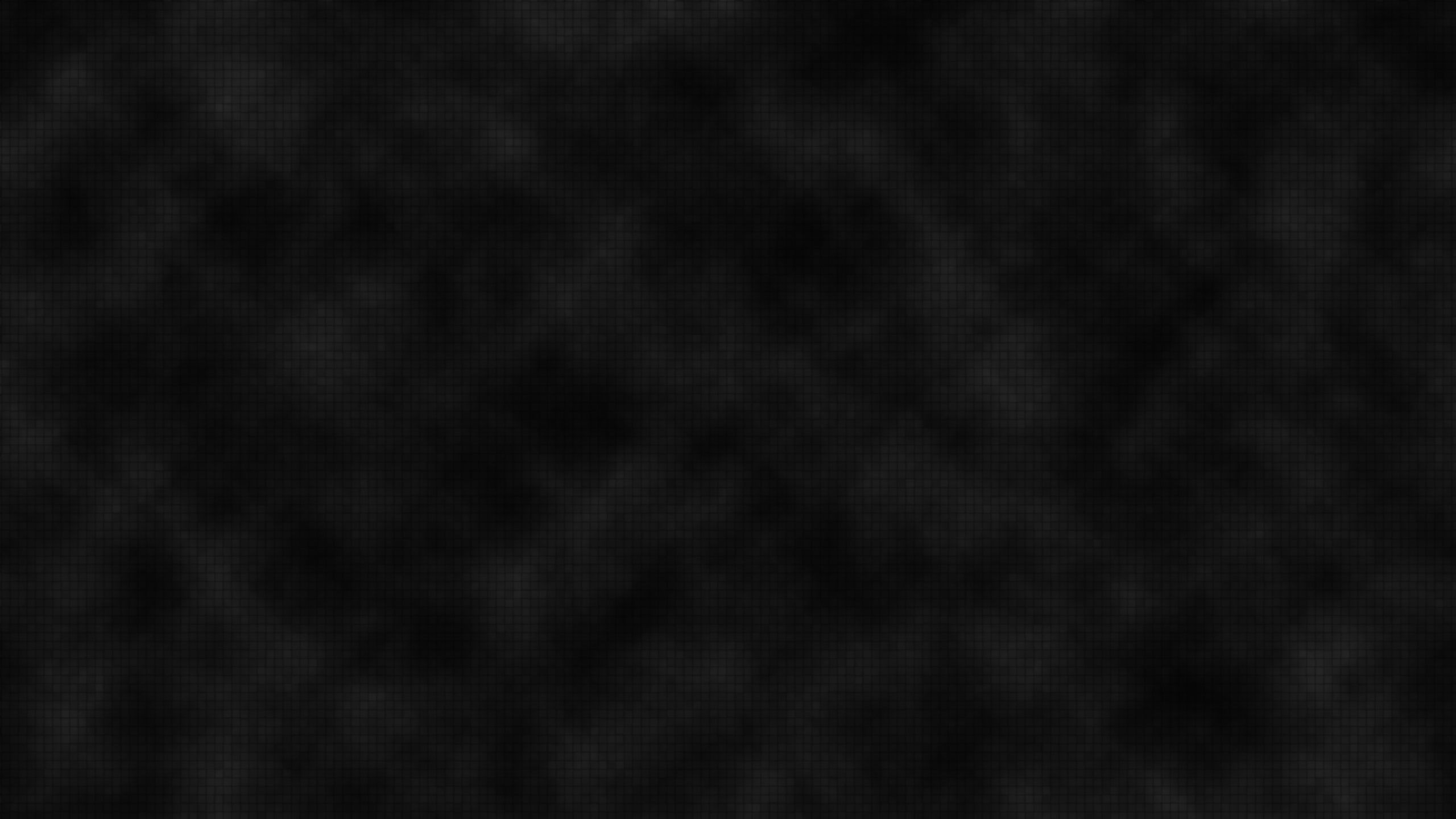During the spring of 1941, Heisenberg’s research team in Leipzig obtained evidence of neutron multiplication in a reactor experiment—a chain reaction was a practical possibility. Several months later, German researchers also saw it was possible that element 94 (plutonium), which could be produced in a working reactor, could power a nuclear bomb. As the German army advanced into the Soviet Union in the summer of 1941, after having conquered most of Western Europe, Heisenberg accepted an invitation to speak at a German cultural institute in German-occupied Copenhagen, Denmark. Heisenberg arranged to meet with his long-time Danish colleague, Niels Bohr, during his stay in Copenhagen.
Bohr met with Heisenberg sometime during the week of September 15-21, 1941. There is no contemporary record of what was said during the private meeting, but Bohr was clearly upset by it afterward.
An account of the Bohr-Heisenberg meeting was offered in a book published in German in 1956 by a Swiss journalist, Robert Jungk. The translations into Danish in 1957 and into English in 1958 (Brighter than a Thousand Suns) contained an excerpted letter from Heisenberg to Jungk, in which Heisenberg gave his recollection of the meeting. After seeing the Danish edition, Bohr drafted a response to Heisenberg. But he did not send it, perhaps because he was concerned about hurting Heisenberg and his family. Responding to inquiries from historians and others about the meeting, Bohr continued to draft accounts of what had transpired at the meeting, but in each case he decided not to publish them nor to send them to Heisenberg. After Bohr’s death in 1962, the Bohr family sealed these documents among his private papers.
There has been lengthy debate and speculation about Heisenberg’s motives and statements during the meeting, culminating most recently in the Tony-award-winning play Copenhagen by the British playwright Michael Frayn. What did Heisenberg believe could be done, and should be done, about atomic bombs? What did he want from Bohr? These questions called up many powerful issues and emotions involving Nazi Germany and nuclear war. As a result of the debate, the Bohr family decided to release the documents to the pubic in February 2002, ten years in advance of their usual 50-year limitation on access to private archival papers. See also documents on Heisenberg posted by his son.
Click here to view a historical analysis of the 1941 visit by the author of this Web site.
The playbook of Michael Frayn, Copenhagen, was published by London: Methuen, New York: Anchor Books, 1998.

